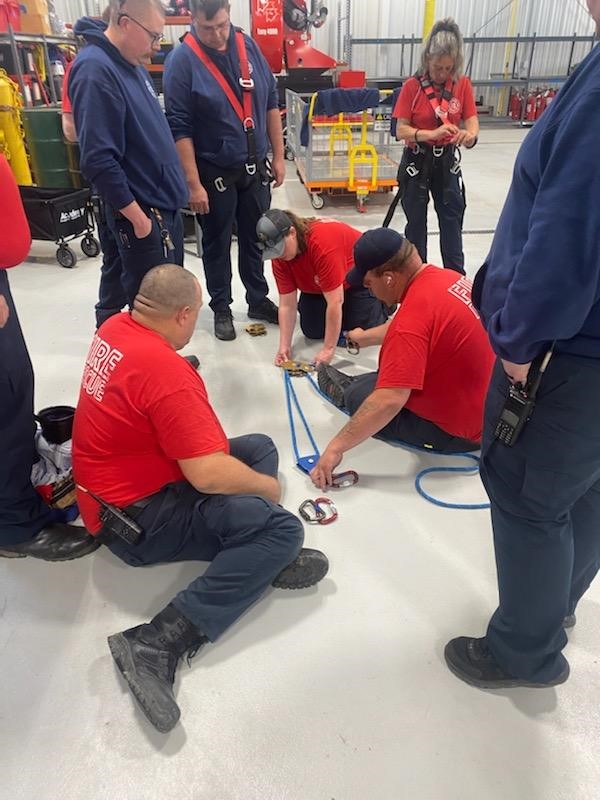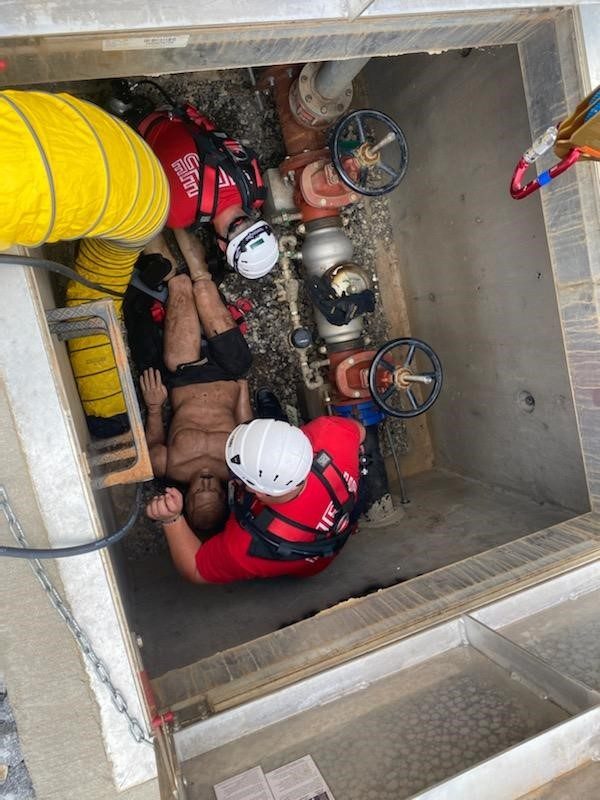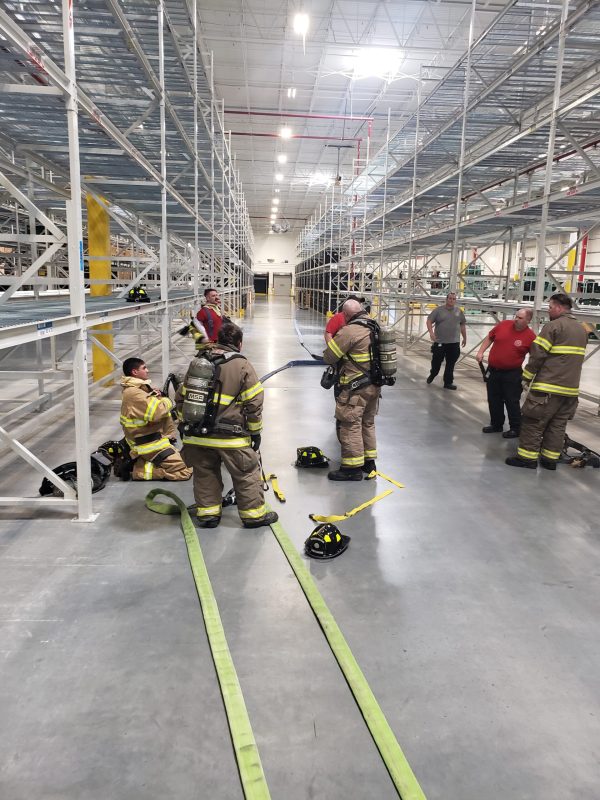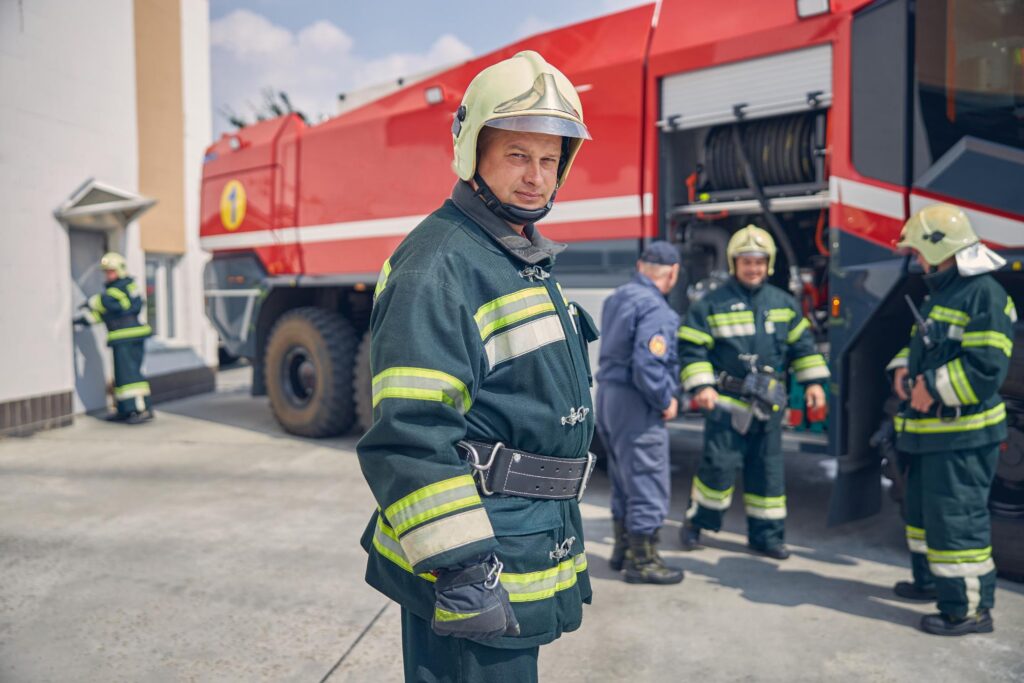Superior Industrial Fire Services, Inc.

Industrial firefighting is a complex and high-stakes field that demands specialized equipment and advanced technology to effectively combat fires in challenging environments. Industrial facilities, with their hazardous materials, intricate machinery, and large-scale operations, present unique fire risks that require tailored solutions. Here, we explore the essential equipment and cutting-edge technologies that are critical in industrial firefighting.


The combination of essential firefighting equipment and advanced technologies forms the backbone of effective industrial firefighting. Investing in high-quality fire trucks, hoses, PPE, and extinguishers, along with cutting-edge thermal imaging cameras, automated detection systems, and robotics, significantly enhances the ability to manage and mitigate industrial fire risks. By leveraging these tools and technologies, industrial facilities can ensure a swift, efficient, and safe response to fire emergencies, protecting both lives and property.


